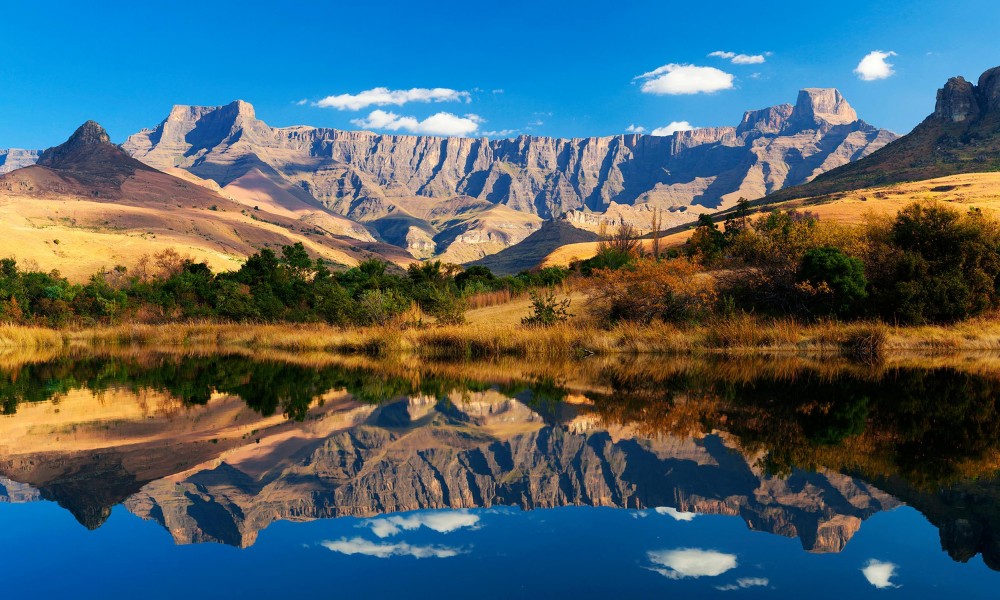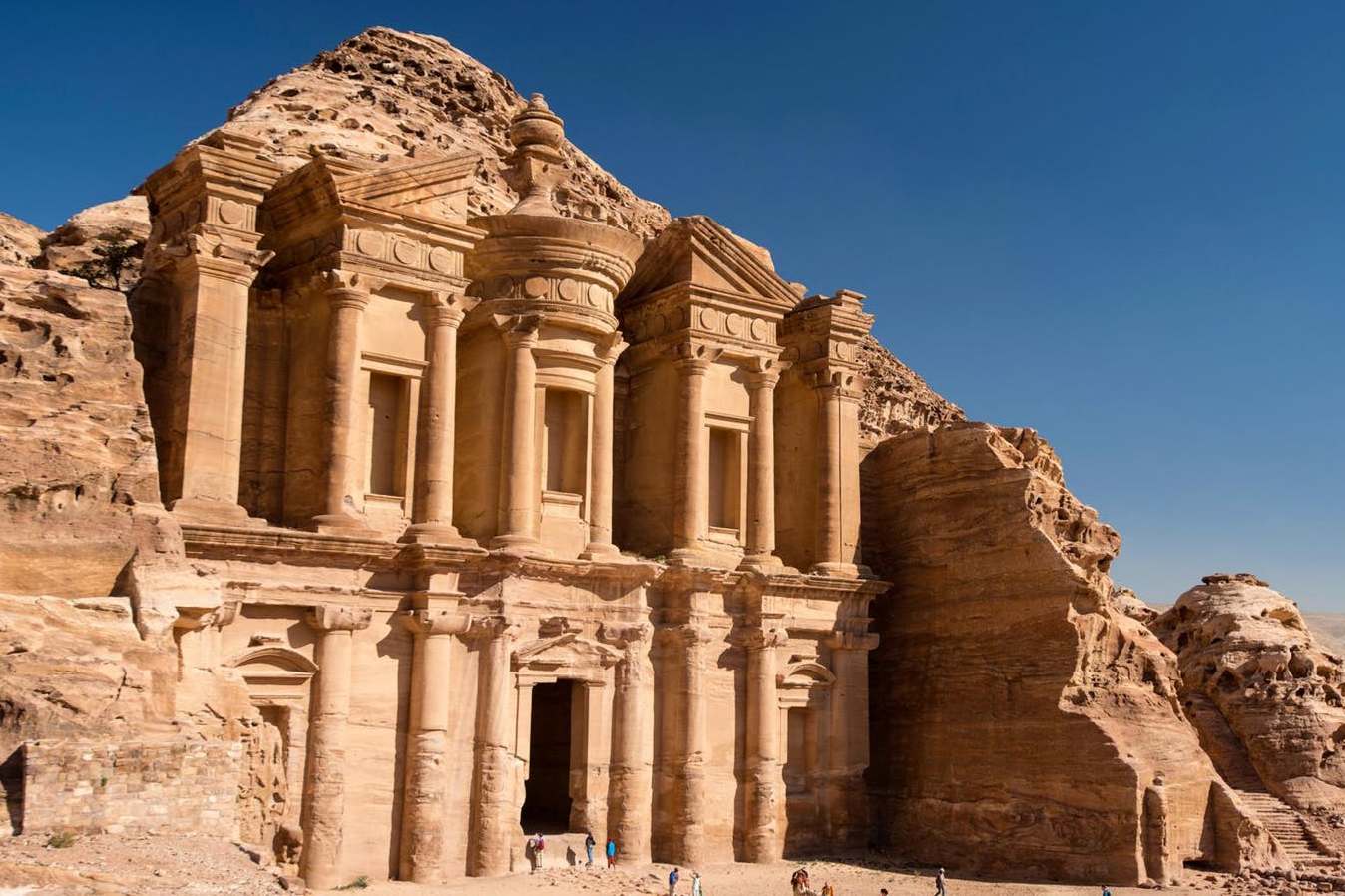UNESCO protected: Your breath is taken away here

Today we will talk about the most interesting of them. Get ready for what many of you find unusual.
Bayon Temple in Cambodia
Let's begin with religious topics. If you want to see faces that have not changed over the centuries, check out the Bayon Temple in Cambodia. By the way, this temple has become popular with tourists not least thanks to UNESCO's attention. It had previously been wrongfully circumvented by opting for nearby Angkor Wat. Photo wallpapersafari.com
Photo wallpapersafari.com
The Bayon Buddhist Temple brought together religious figures which look different. Some look like piles of stones, others loom high above the ground, frightening passers-by along the rice fields. After the Bayon temple was discovered, it was mistaken for a ruined city. Too large-scale, it seemed the pioneer! However, in the 1920s a statue depicting Emperor Avalokiteśvara was found, and then no doubt remained: a grand Buddhist temple was discovered.
54 towers, 200 figures, seeming accessibility - the temple is not walled... The Bayon temple is valuable not only from a religious but also from a historical point of view, because there are bas-reliefs depicting nuances of Khmer life and historical plots.
Petra
Petra is Jordan's most famous cultural site. People did not always live in this area. Initially, Petra, built of sandstone, was the tomb of the Nabataean king. But years went by and a red city appeared on the burial ground. It originated at the intersection of roads from Arabia, Egypt, Phoenicia and Syria and became an important commercial object. It later attracted the attention of cultural figures: in the mysterious local El-Hazne Temple a movie about Indiana Jones was filmed . But the most surprising thing is not this: El-Hazne Temple is designed in a certain architectural technique that required the use of wood. However, there are no forests in this area! It is a mystery of history how architects built the temple. Photo nationalgeographic.com.au
Photo nationalgeographic.com.au
Rock drawings in the Dragon Mountains
More than 35,000 drawings remain in the South African Dragon Mountains. This area contains the highest mountain range, commonly called the Ukhlamba, which translates as the "copy barrier".
The mountains are littered with many legends: some residents still believe that the guardian angel - a huge dragon - cares for those who live in the surrounding area. In addition, many battles took place in the Dragon Mountains. Many of the battles that took place here were so significant that they changed the course of history. In this case we are talking about the Anglo-Boer and Anglo-Zulu wars.
Read also: 10 facts about Lesotho
As for the rock paintings, which UNESCO recognizes as a particularly valuable heritage, the ancient San tribe left them for posterity. Some works of art are more than 100,000 years old, and they have recorded an incredible amount of storylines with actors, epic scenes and intricate stories. That is probably why the rock paintings in the Dragon Mountains are able to compete with contemporary history museums and galleries.
Machu Picchu - the city of the Incas
The Incas were talented builders. They learned how to set stone blocks so that there was no gap between the stones. Their city has become a real stronghold. Of course, this was not enough to survive to this day. At present, the ruins of Machu Picchu are located at an altitude of 2450 meters, and visitors call the Incan refuge "a city among the clouds." Photo wall.alphacoders.com
Photo wall.alphacoders.com
This city was a strategically important site for the indigenous people. When the Spanish invaders arrived in those lands, the inhabitants of the nearby cities did not reveal the secret of the "protective city". So its existence was not known until the beginning of XX century.
It is now striking at the skill shown by the Incas. In the 15th century, when the city appeared, the Inca could not use iron or steel. It is amazing how they were able to create such large-scale structures using stone-made weapons. Moreover, the Incas grew their own food on special terraces, which today number about 700. The Incas were predictable concerning the special irrigation system attached to the terraces!
Uruguayan Meat Factory
This object is probably one of the strangest on the UNESCO list of intangible heritage sites. In the Uruguayan city of Fray Bentos, a meat salting plant was opened in 1859. It would seem nothing special, but UNESCO found it interesting, because this plant "gives an idea of the process of meat production in a world-class industrial company". At least that's what experts say on UNESCO's official website. This plant does not rest aesthetics. The latter cannot understand why the World Organization should protect a dilapidated plant that looks like after bombing. But apparently, such industrial sites also have a place on the World Heritage List. Photo apimagesblog.com
Photo apimagesblog.com
Cover photo thetimes.co.uk





















